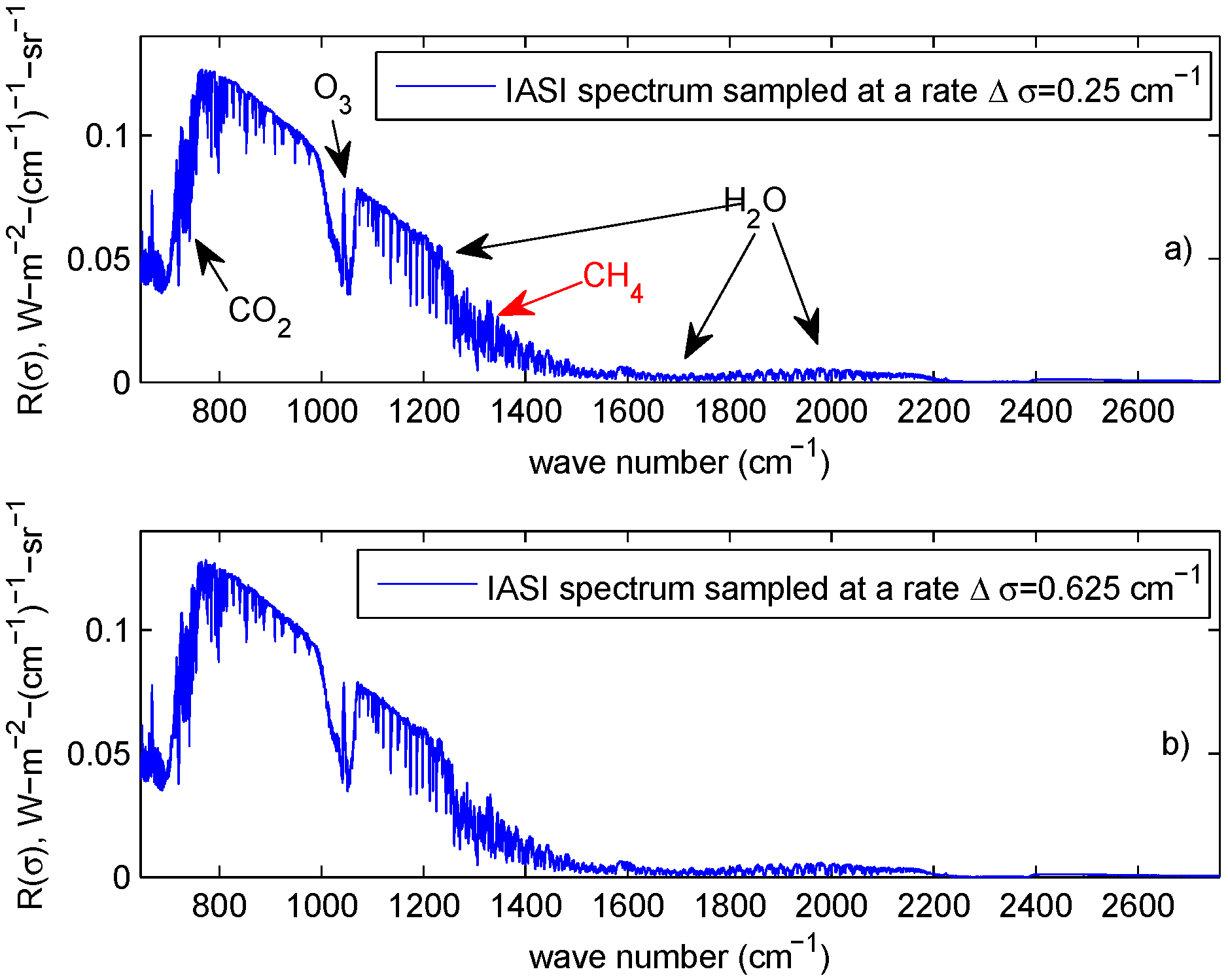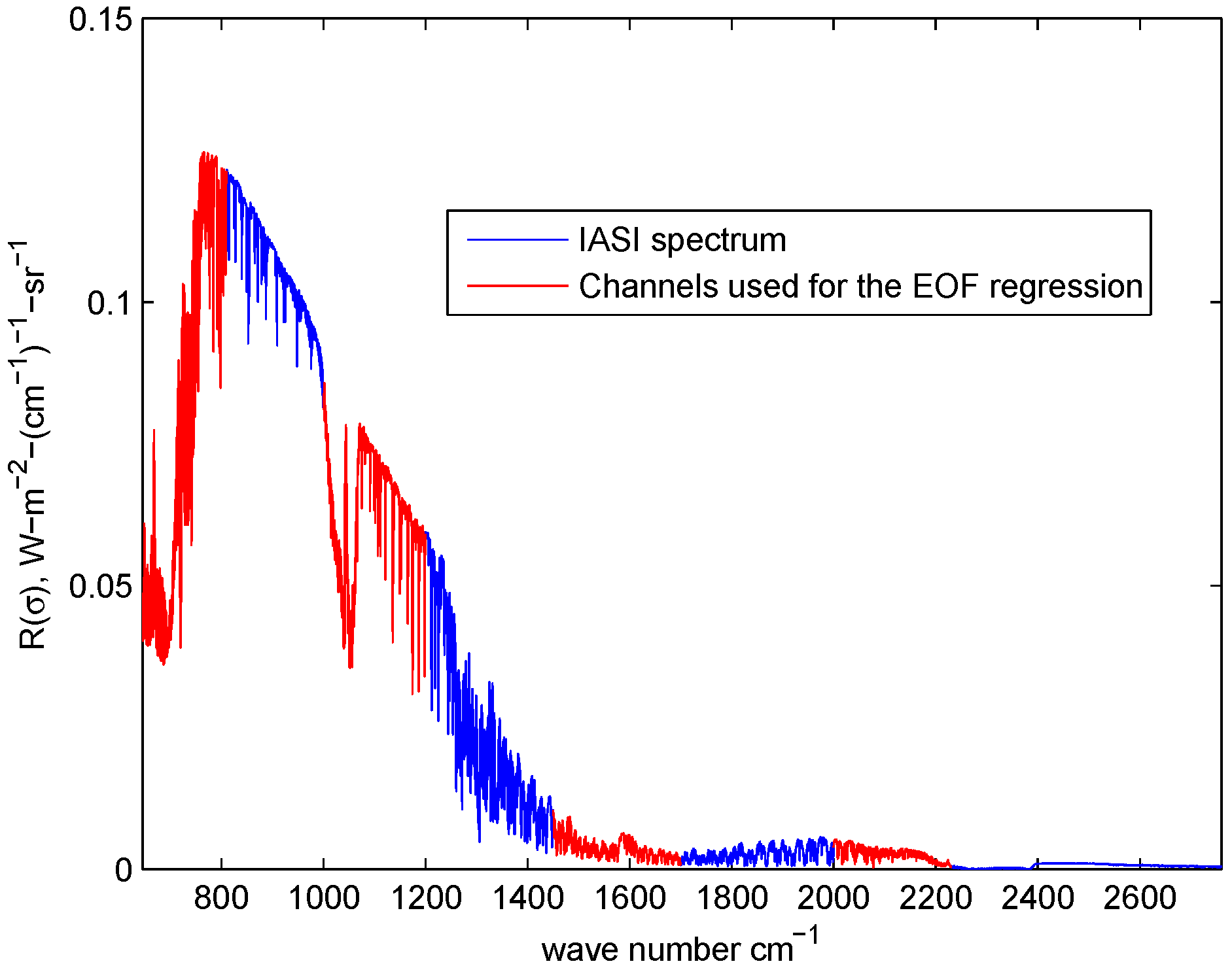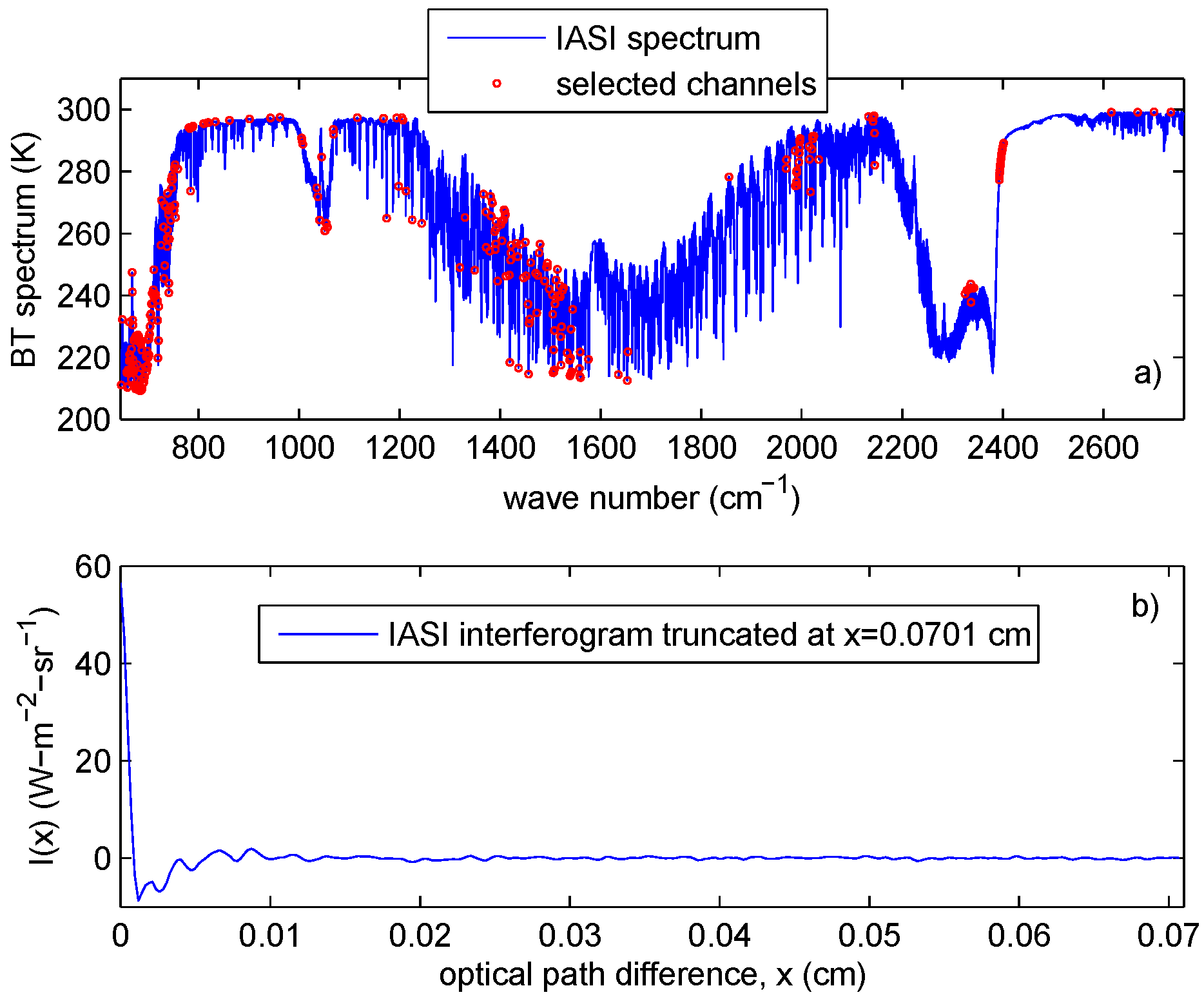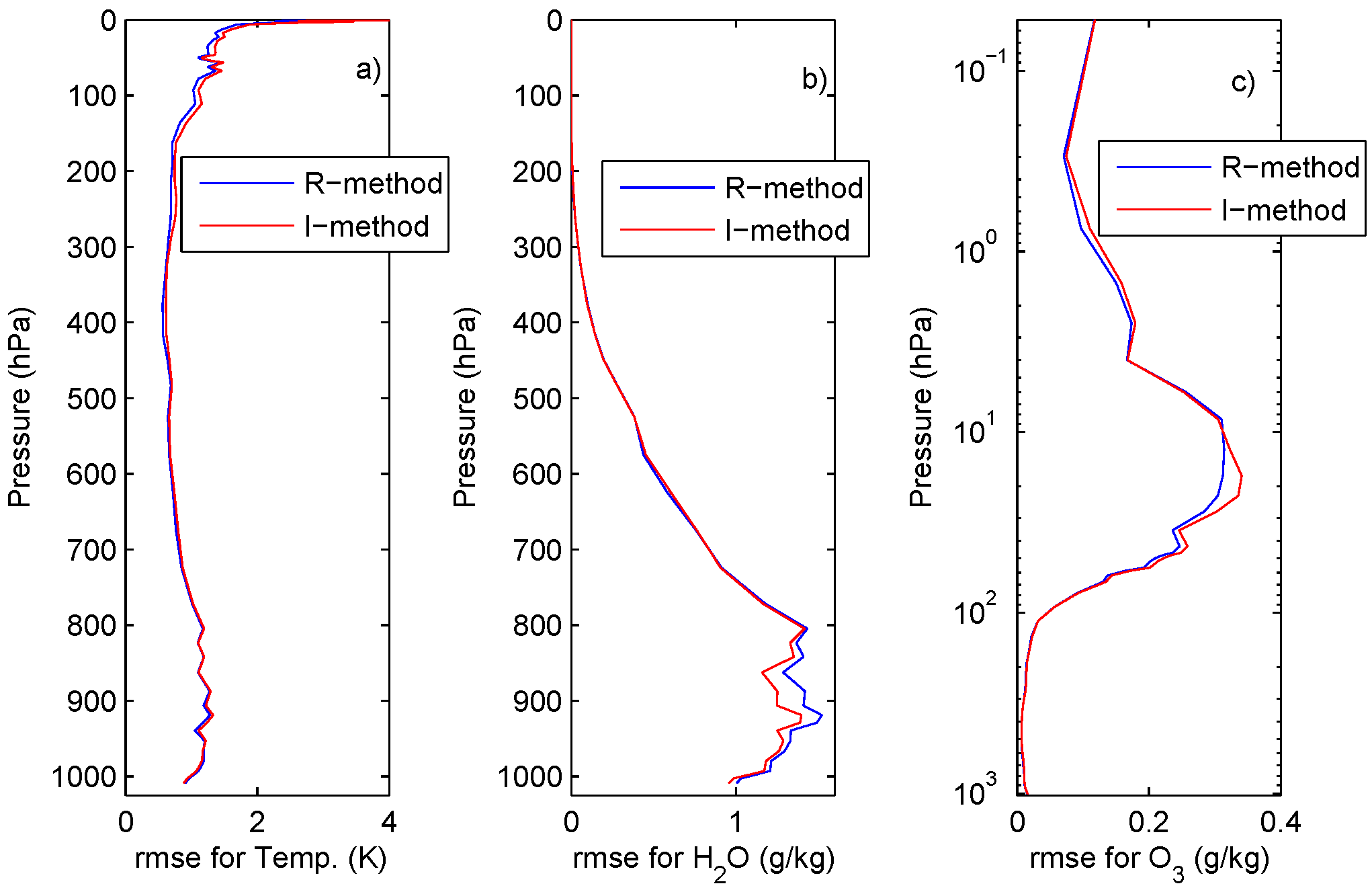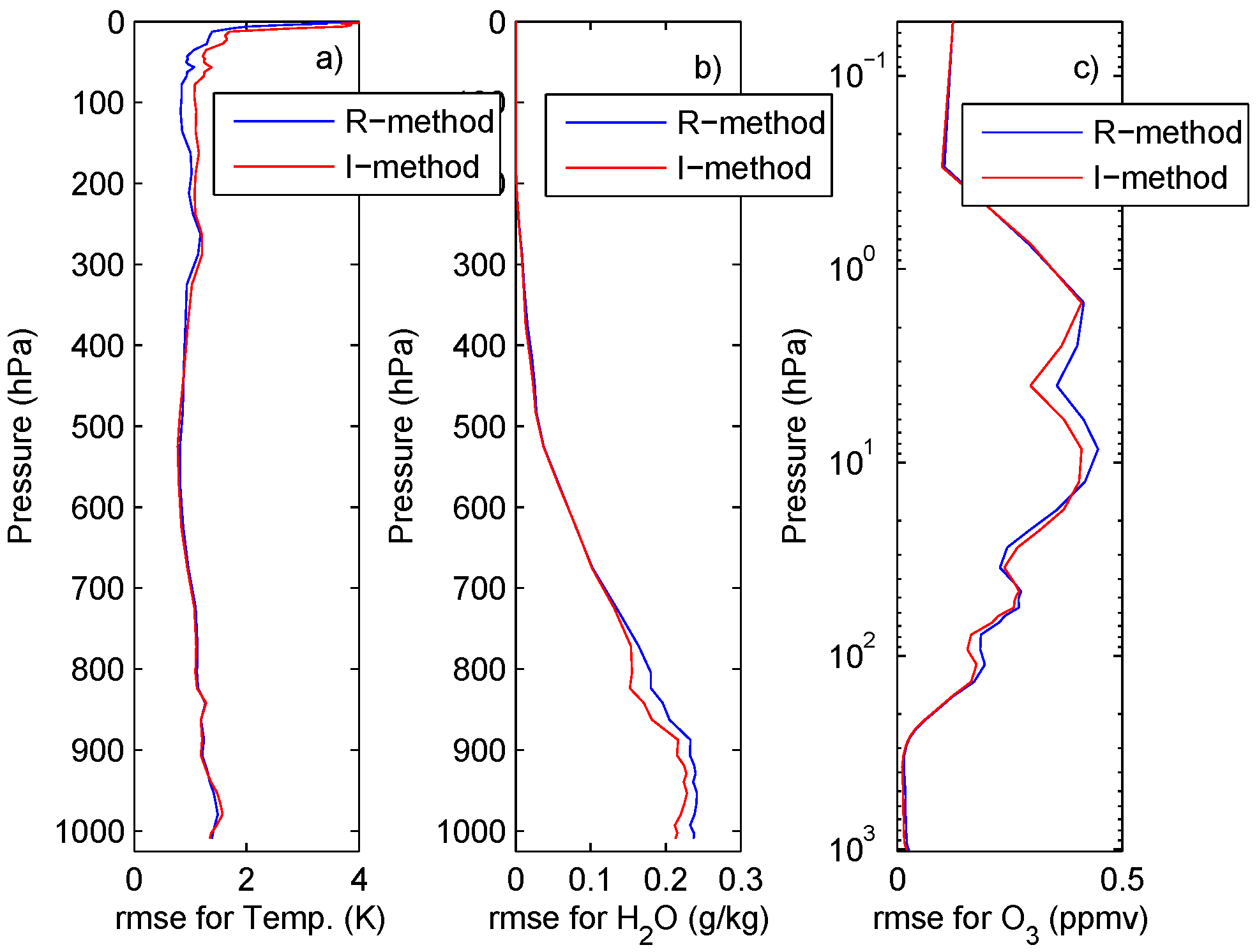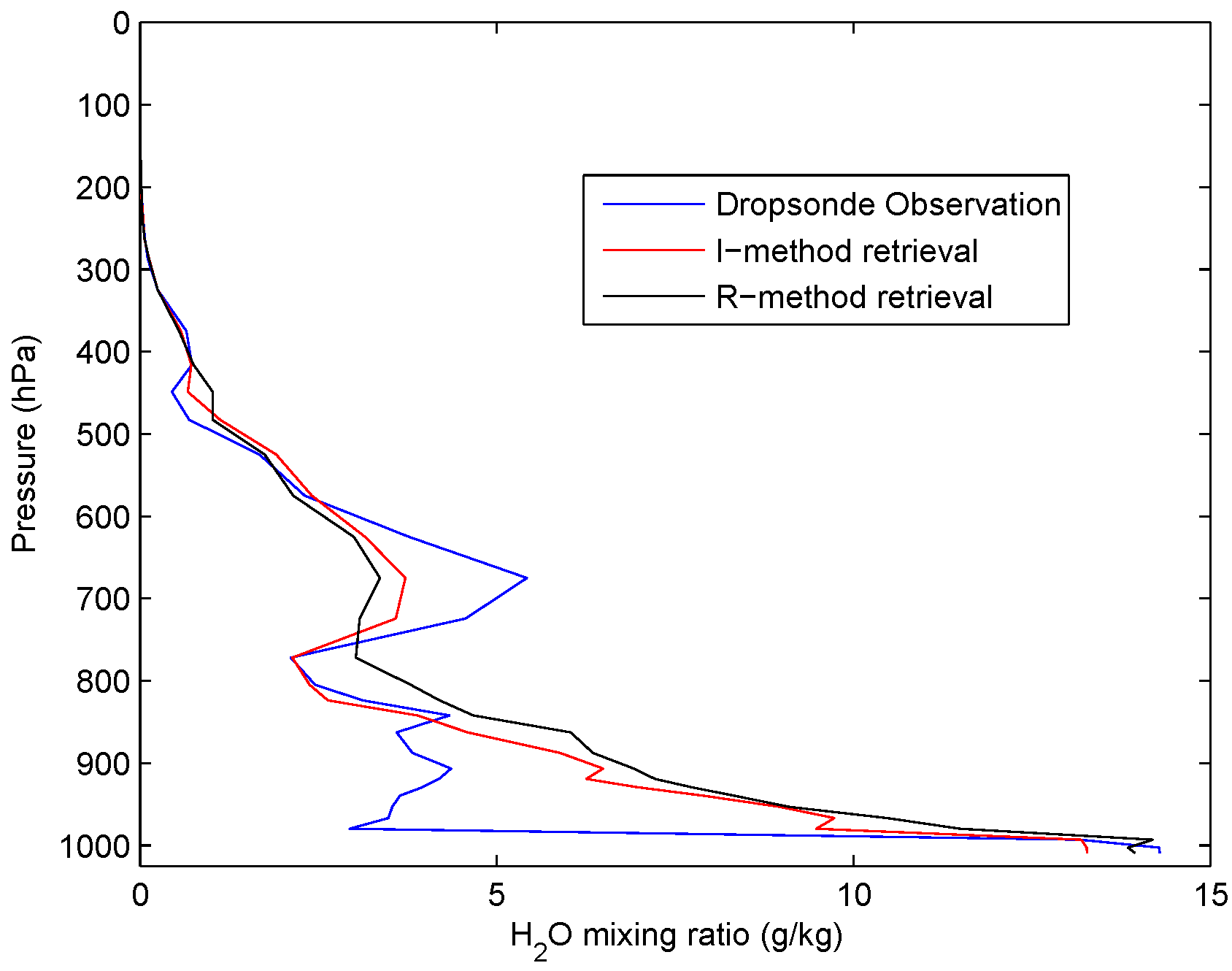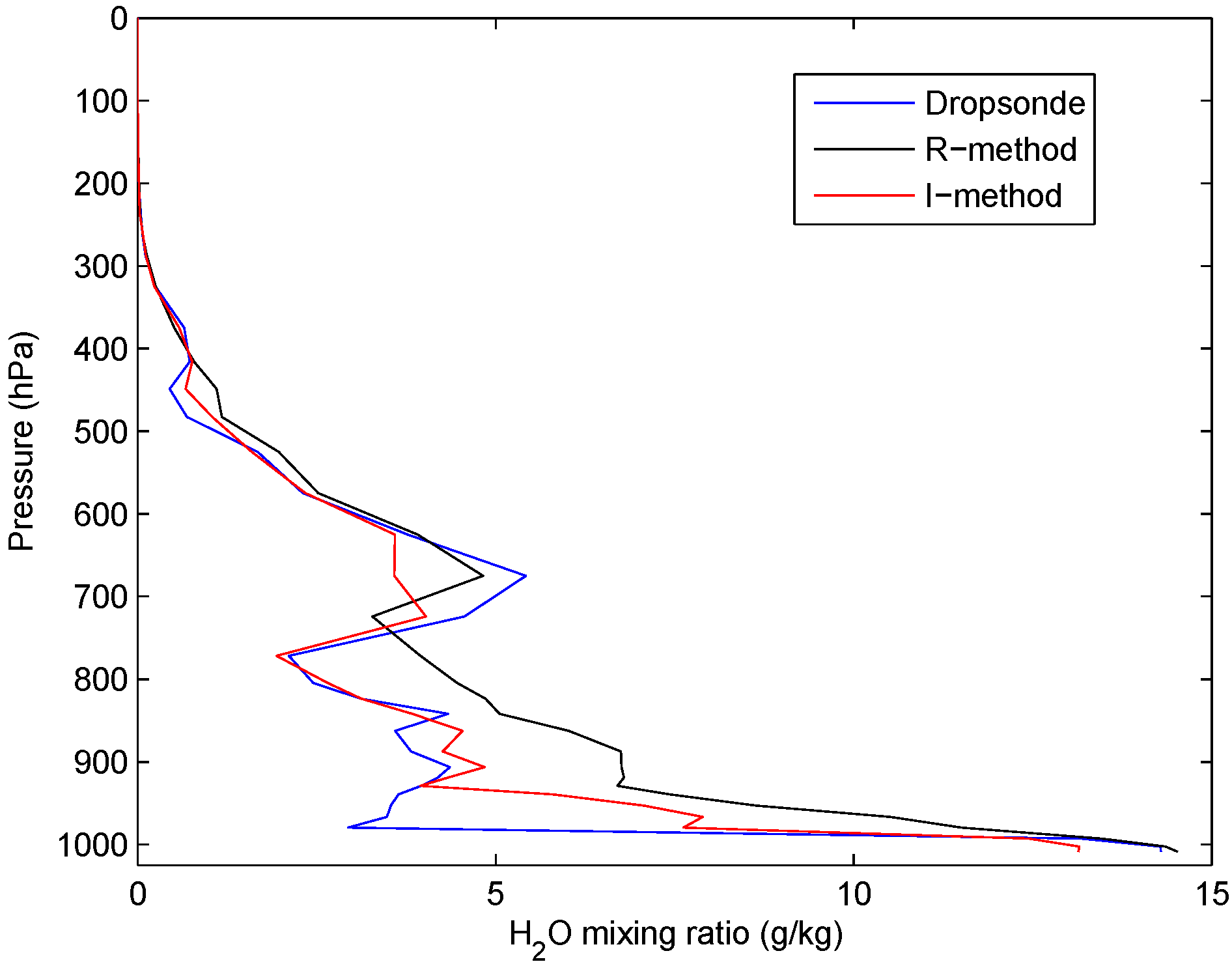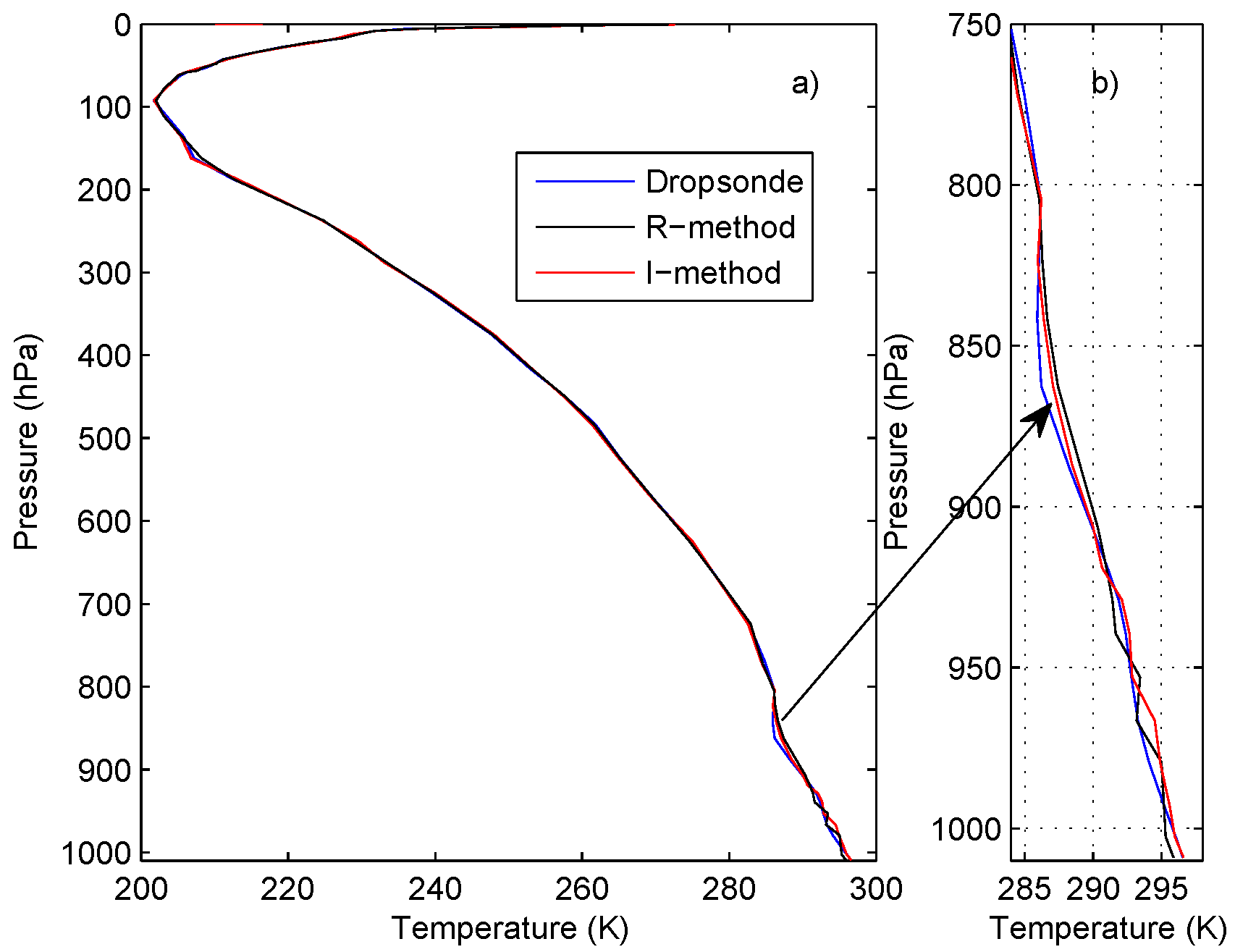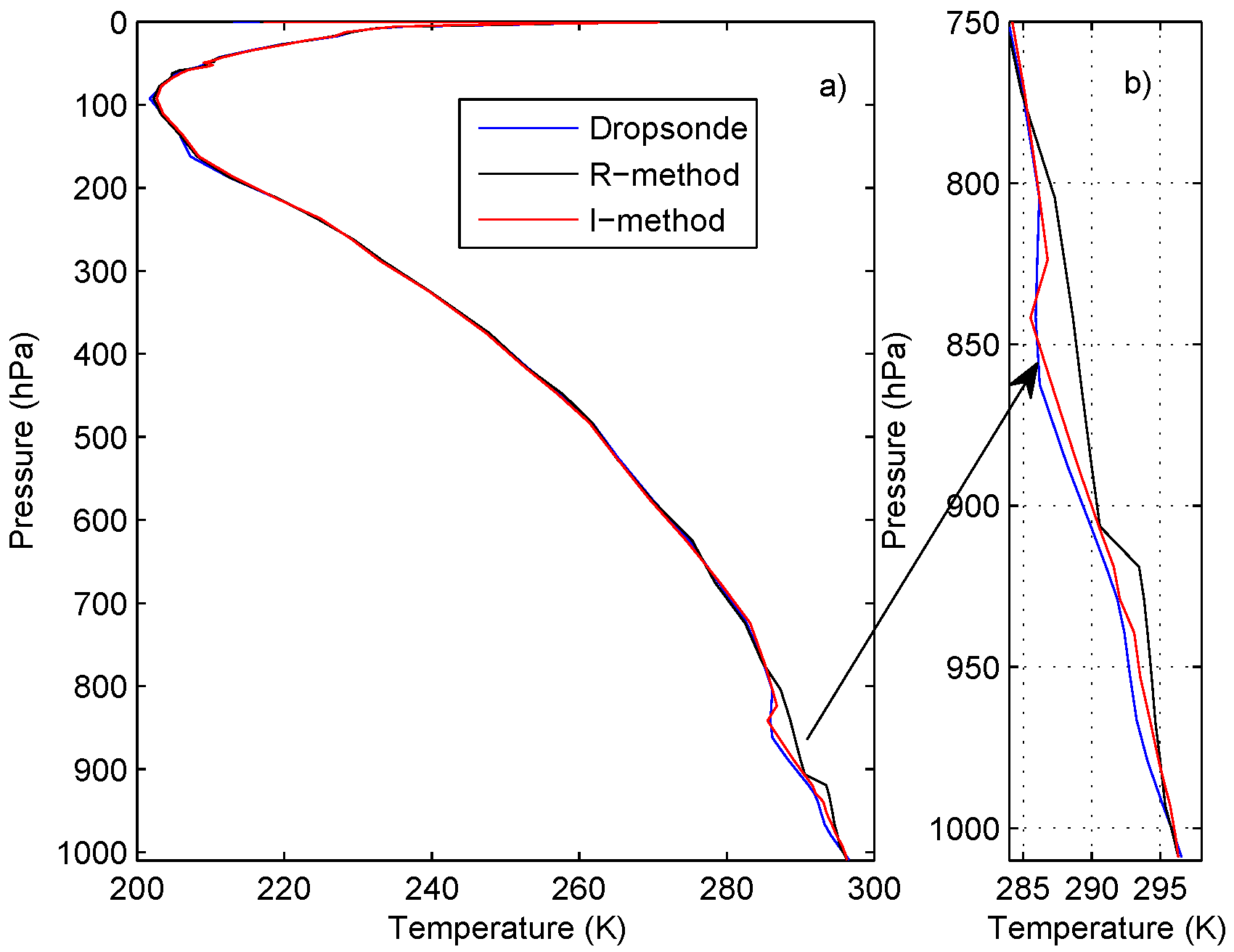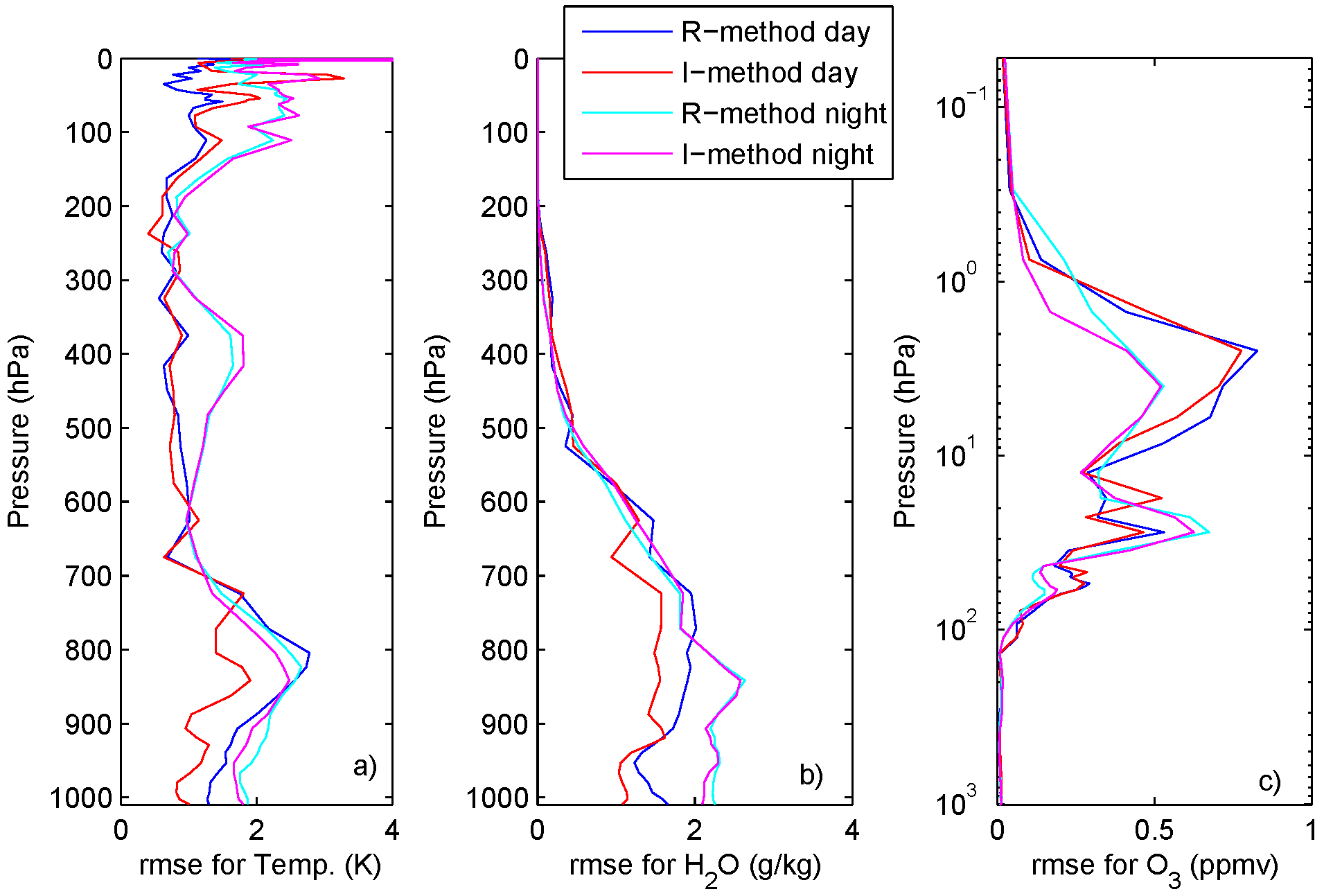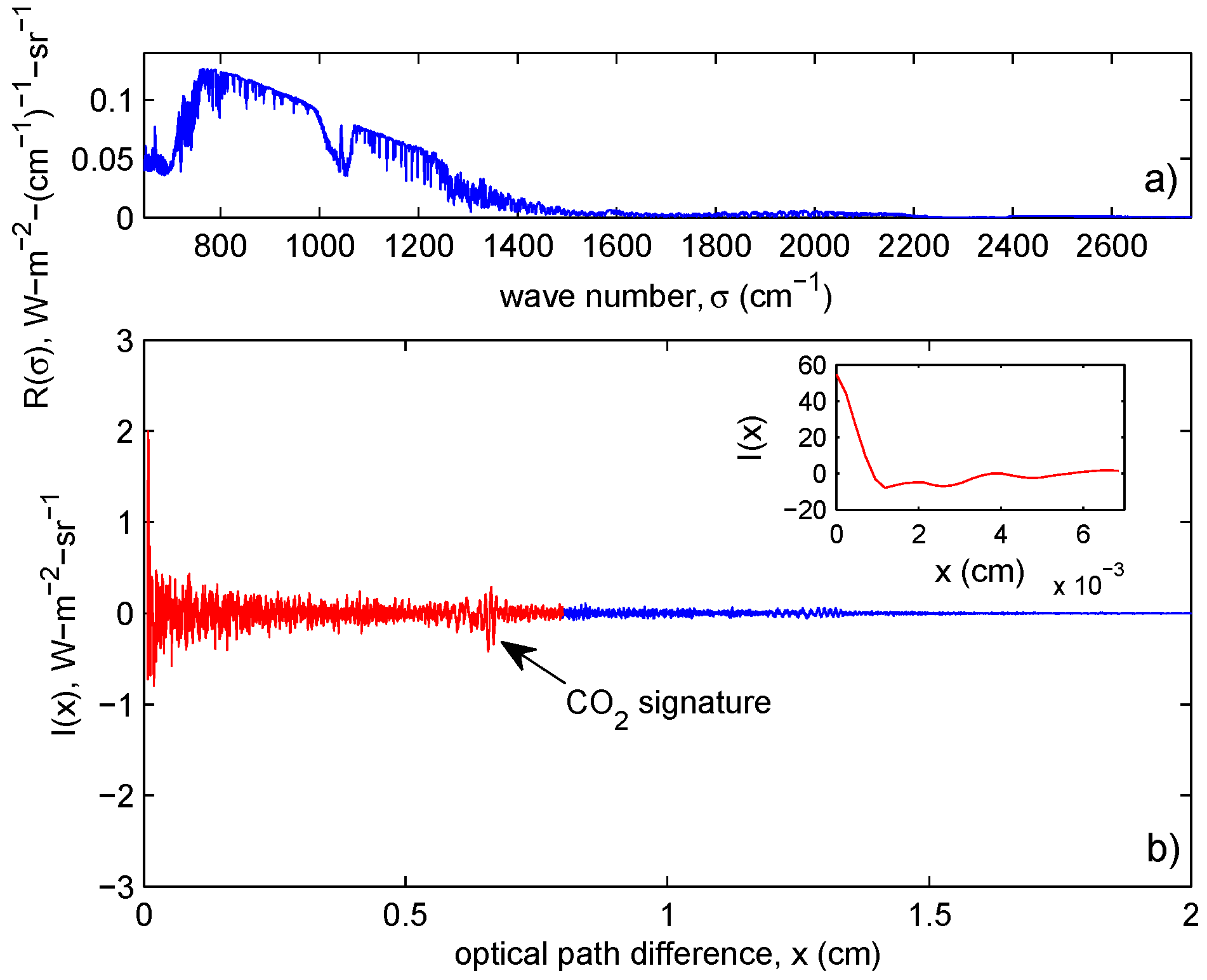2.1. The Fourier Pair: Spectrum, , Interferogram,
The emission spectrum
,
σ being the wave number, of a given source is physically defined in the interval
. However, according to the Shannon Whittaker sampling theorem [
3], only bandlimited functions can be effectively sampled without loss of information. In practice, the band-limited property is achieved by suitable optical filtering, so that the spectrum
may be mathematically represented by the band-limited function,
where
is the bandwidth of the spectrum signal.
To cope with the symmetry of the Fourier transform and for a correct application of the convolution theorem, formal mathematical calculations employ the even function
, defined in the interval
:
,
. Note that this definition leaves the total energy unchanged, that is,
The function
is often referred to as the one-sided spectrum, whereas
is the two-sided spectrum. The interferogram
, which is the function actually measured, e.g., by Fourier Transform Spectrometers, is then the Fourier transform of
.
with
i the imaginary unit. Note that
is itself an even function, and
x is a spatial coordinate, physically related to the optical path difference of the two light beams that travel in the interferometer. If we know,
, then
can be recovered by considering the inverse Fourier transform,
It should be stressed that the a Fourier pair, () can be defined independently of he instrument we use to acquire either of and . Although, for an interferometer spectrometer, has a physical meaning, here we are interested in the mathematical properties of the transform itself. Thus, the fact that IASI spectra are, e.g, apodized is of no important concern in the analysis. We just consider the Fourier transform of these apodized spectra.
Coming now to the particular case of IASI,
Figure 1 exemplifies a couple
for this instrument. According to the Shannon-Whittaker sampling theorem [
3], the Fourier transform provides the right mathematics to sample the band-limited function,
to, e.g., a sampling rate different from the original one. This involves the well-known Nyquist rule about the two sampling rates,
and
in the spectral and interferogram domain, respectively,
where
is the maximum optical depth and, as before,
is the spectral bandwidth. For IASI we have
cm
,
cm
and
cm.
In case we want to re-sample the IASI spectrum at a new rate, say
, the operations involved consist in
Fourier transform the spectrum to the interferogram domain
Figure 1.
Example of IASI observed spectrum, , shown in panel (a), and its mathematical Fourier transform, , shown in panel (b). The behaviour of close to is shown in the inset. The interferogram interval [0,0.8] cm has been drawn in red in panel (b).
Figure 1.
Example of IASI observed spectrum, , shown in panel (a), and its mathematical Fourier transform, , shown in panel (b). The behaviour of close to is shown in the inset. The interferogram interval [0,0.8] cm has been drawn in red in panel (b).
cut the interferogram at a new
transform back the truncated interferogram to the spectral domain.
An alternative processing approach, which yields the same result, could be to use a suitable cardinal sine (or sinc function) interpolation in the spectral domain. This would avoid the passage through the interferogram domain. However, we prefer to use the method outlined above, since we want also to show that the processing chain for the retrieval of atmospheric parameters can be validly performed in the interferogram domain.
However, either we transform to the interferogram domain or we simply apply a sinc interpolation in the spectral domain, the operation leaves unchanged the spectral coverage, while it changes the spectral sampling from to .
As anticipated in
Figure 1, if we truncate the interferogram at
cm
and take the inverse Fourier transform back to the spectral domain, we have the spectrum with the new sampling
cm
, instead of the original one of
cm
. Furthermore, the original 8,461 spectral data points, would be scaled down by a factor which is equal to the ratio of the two samplings, so that we are left with 3,385 data points.
An example of these two spectra is shown in
Figure 2. Although illustrative,
Figure 2 shows that the re-sampling from
cm
to
cm
leaves almost unchanged the spectral quality of the spectrum in the three bands, 645 to 800 cm
, 900 to 1,000 cm
, 1,200 to 2,000 cm
, which are important for the sounding of temperature, ozone and water vapour, respectively.
Figure 2.
Example of IASI spectrum, , sampled at the nominal rate cm, shown in panel (a), and cm, shown in panel (b). The plot in panel (a) also shows the main absorption features due to CO, CH, HO and O.
Figure 2.
Example of IASI spectrum, , sampled at the nominal rate cm, shown in panel (a), and cm, shown in panel (b). The plot in panel (a) also shows the main absorption features due to CO, CH, HO and O.
Temperature sounding is mainly performed by exploiting the CO
longwave band at 15
μm. To improve temperature retrieval, it is important that this band is sampled at a rate better than
= 0.8 cm
. Doing so, we can see in the
absorption band of CO
a characteristic periodic pattern, in which relatively transparent channels alternate with more opaque channels. This is a result of the fact that the
fundamental band of CO
is coupled with rotational transitions, which yield that periodic structure. This structure allows us to sense also the wings of the lines, which, according to [
5], have the sharpest weighting functions for temperature.
The regular spacing of the CO
lines introduce a very strong signature in the interferogram, as well. The signature can be seen in
Figure 1 around
cm and provides a very nice example of the fact, we have mentioned so far, that broad features in one domain, such as periodic behaviour, are transformed in narrow-band, sharp features in the other. Since the line spacing in the
band of CO
has a regular size of about 1.6 cm
, we have to expect a sharp signature at
cm, with
an integer number. For
, we have
cm. This signature is clearly identified in the interferogram of
Figure 1. On passing, it should be noted that the signature for
, that is at 1.25 cm is barely visible because of IASI Gaussian apodization.
The vibration-rotational bands of HO at 6.7 μm and O at 9.6 μm do not yield a regular spacing of the rotational lines, therefore, unlike CO, for the case of ozone and water vapour there is not a precise prescription for the sampling rate. Furthermore, neither at 0.25 cm nor at 0.625 cm we can insulate single lines of ozone or water vapour. In other words, the prescription for a sampling better than 0.8 cm is driven by temperature retrieval.
Having in mind the retrieval for temperature, water vapour and ozone, the above discussion lead us to conclude that there is no need to use the 0.25 cm sampled IASI spectrum, since the spectrum sampled at 0.625 cm brings the same spectral information for temperature, water vapour and ozone.
However, it is important to stress that for chemistry studies the sampling at 0.625 cm could be not enough.
Another important aspect of the interferogram steams directly from its definition. According to Equation
3 the interferogram at
measures the total energy in the spectrum. Therefore, spectral characteristics, which are locally intense in the spectrum but express few energy, add a very little contribution to the interferogram. It is evident from
Figure 1 or
Figure 2, which most of the energy in the IASI spectrum is explained from the range 645 to 2,000 cm
. Thus, variability which occurs in IASI band 3 (2,000 to 2,760 cm
), adds second order effects to the interferogram. This is the case, e.g., of the solar energy during the day, which has its larger effect in the short-wave side of the spectrum (IASI band 3). However, while the solar energy greatly affects IASI band 3, its contribution to the total energy is not larger than 0.5%. In the same way, also spectroscopic effects, such as non LTE that are mostly concentrated in IASI band 3, become negligible once considered in the interferogram domain.
In general, localized absorption features, which need a very high spectral resolution to be revealed in the spectrum, add only very few energy to the spectrum itself. In the conjugate Fourier domain, they contribute to the interferogram with a very long wave-train, which need to be recorded on a very long distance (optical path difference) in order to be recovered. Thus, truncating the spectrum is also a way to loose information on the trace gases, and can act as a sort of filtering for interfering factors.
This effect is exemplified in
Figure 3 for the CO absorption band in the IASI band 3. The figure shows the difference,
between a synthetic IASI spectrum,
with CO set to its climatological load, and a reference,
without any load of CO. The corresponding
is shown in the same figure.
It is seen that in the spectral domain, the CO absorption produces a narrow-band signal, which is very sharp and intense in a small range (2,050 to 2,220 cm) of IASI band 3. The signal exceeds the IASI noise level of a factor 100 in the most intense absorption lines.
Conversely, the CO signal is spread throughout the x-axis in the interferogram domain and form an exponentially damped wave train whose amplitude is almost everywhere below the noise level. It should be stressed that in reality the variability of CO, which respect to a climatological reference, is much less intense that the case here exemplified, therefore the signal in the interferogram is expected to be negligible in most practical applications.
The same applies to other minor species, whereas this is not the case of H
O, whose lines are ubiquitous in the spectral domain, and their far-wing also forms a very broad-band
continuum absorption feature, which affects the full IASI spectral coverage. Although to a less extent, this is also the case of ozone which yields a sort of a semi-continuum at 9.6
μm (e.g.,
Figure 2), which have effects on determining the total energy exiting at the top of the atmosphere. Still more
energetic is the effect of CO
, whose signal is used to retrieve atmospheric temperature.
Figure 3.
Illustrating the property of the Fourier transform to project sharp and narrow-band spectral features in small-amplitude, broad-band signals. Panel (a) shows the difference of a synthetic IASI spectrum against a reference with zero load of CO. Panel (b) shows the corresponding variation in the interferogram, . The noise level ( tolerance interval) is shown for comparison, as well.
Figure 3.
Illustrating the property of the Fourier transform to project sharp and narrow-band spectral features in small-amplitude, broad-band signals. Panel (a) shows the difference of a synthetic IASI spectrum against a reference with zero load of CO. Panel (b) shows the corresponding variation in the interferogram, . The noise level ( tolerance interval) is shown for comparison, as well.
2.2. Forward and Inverse Modeling
Radiative transfer calculations have been performed with the package ϕ-IASI, which, among many others, incorporates a proper forward model, σ-IASI, and a linear regression inverse algorithm, that we call ε-IASI.
The scheme
ϕ-IASI has been variously described in the science literature [
9,
11,
14,
15,
16], which the reader is referred to for further details.
The σ-IASI forward module is a monochromatic radiative transfer model, which uses a suitable atmospheric layering method to model the optical depths. This consists of a grid of vertical slabs with constant pressure. Each layer is defined by the two bounding grid pressure levels (therefore N layers require a level grid). The discretized version of the radiative transfer equation, which is solved within σ-IASI, uses 63-layer pressure grid which spans the range hPa.
Of course, monochromatic synthetic radiances are convolved with the appropriate IASI instrument spectral response function, to yield synthetic IASI spectra.
The retrieval scheme gets estimates of skin temperature, , temperature profile, T, water vapour profile, w, and ozone profile, q. The profile are obtained on the same pressure grid used for forward calculations, therefore, are vectors of size 63 each.
The linear retrieval scheme adopts the principle of inverse regression, in which a given parameter,
at a given pressure layer,
p is expressed as a linear function of a suitable number,
r of PC scores.
with
the expectation value of
, and where
are regression coefficients to be determined on the basis of, e.g., a suitable training data set. The PC scores,
can be obtained from the EOF transform of training spectra or interferograms. A detailed account of the EOF retrieval methodology can be found in [
9,
12]. The methodology has been developed for a generic signal-noise model and can be applied to any couple of data space and parameter space.
For completeness, we have to say something about the noise in the two data spaces: radiance and interferogram. For IASI we have a direct knowledge of the noise in the spectral domain, so that we need a suitable model, which transforms the noise between the two data spaces.
If we assume, as usual, a signal-noise model of a pure additive type
where
is the signal,
a noise term and
the (noisy) observation. Then according to the basic Equation (
3), which defines the interferogram, we have
which says that the noise transforms the same way as the spectrum does.
The Fourier transform can be written in terms of a suitable matrix,
so that Equation
8 can be written in vector form (e.g., see [
17]),
where
are the interferogram signal and noise vectors. Then, if
is the covariance matrix of the spectral noise term, the corresponding covariance matrix,
in the interferogram domain is easily obtained by the linear transform
where
is the transpose of the matrix
.
In the work here shown the noise in the spectral domain is assumed to have variance according to the level 1C IASI noise, and the corresponding noise strength in the interferogram domain is calculated according to Equation (
10).
